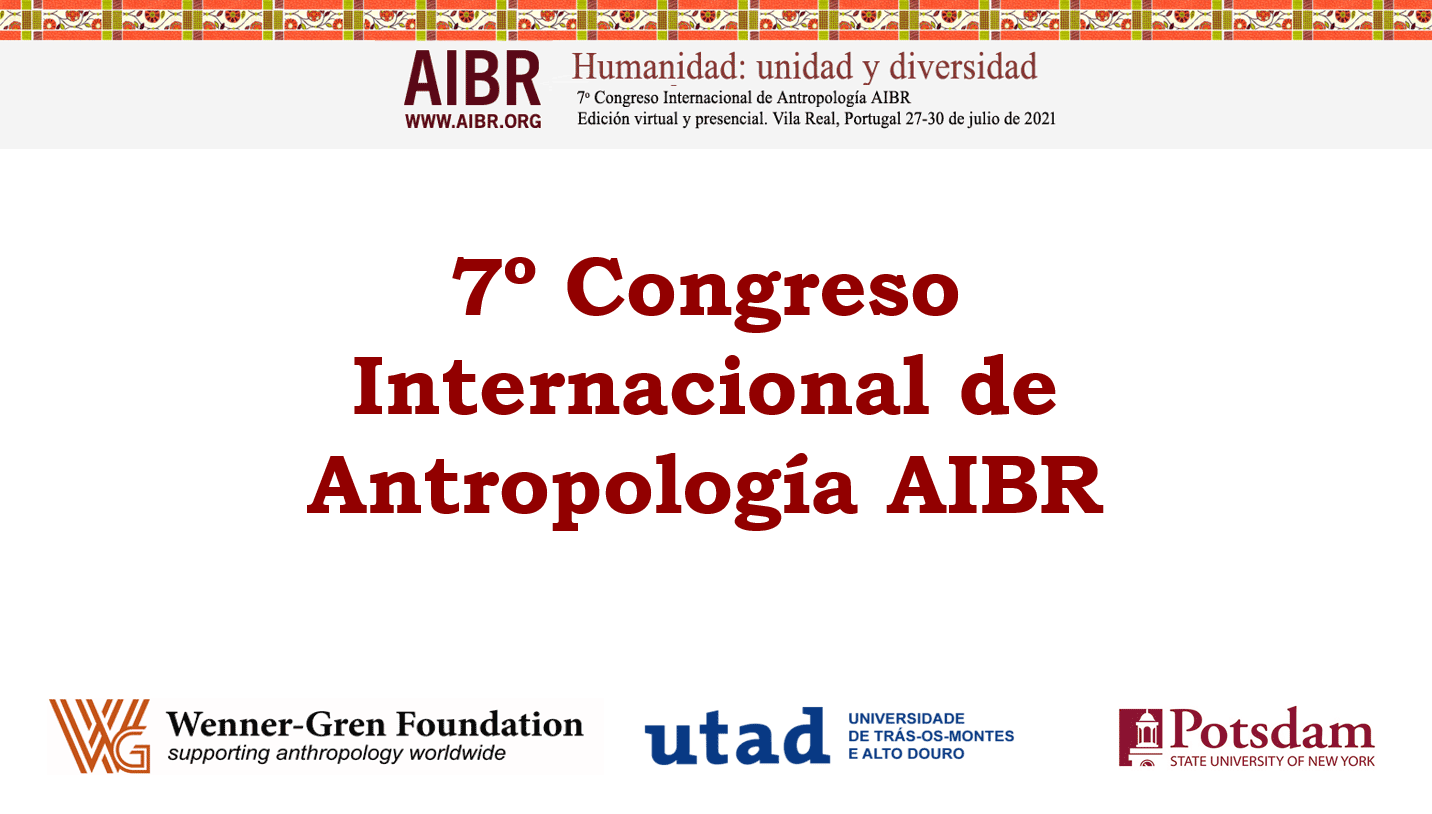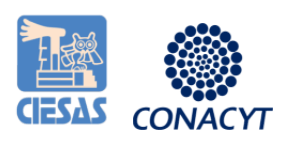Body, Hair & Law: Equality and Identity before Portuguese-Speaking Courts
The human body was a critical survival element in ancient societies. Life or death hinged on rightly employing the body in the natural environment for subsistence activities. As Mauss (1934) put it: "The body is man's first and most natural instrument.'' With technological progress, basic human needs began to be satisfied without great physical labor. The relationship between human societies and nature became somewhat distant, evoking corporeal consequences — the human body became the central stage for individual and collective cultural expressions. The hair is an illustrative case in point. In ancient societies, hair supported the survival struggle. According to Sherrow (2006), hair helped protect the body from extreme temperatures and other injuries. Within technological progress, hair has begun to acquire a substantive social and cultural role as a symbol of subjective identity and group belonging. Every single, small or big, community has been developing unique hairstyles and associated grooming codes that reflect their ethnicities and cosmologies. This presentation draws upon interdisciplinary scholarship on law and anthropology to explore the role of hair as an identity marker in various legal systems. The in-depth analysis of cases in Portugal and Brazil demonstrates that specific hairstyles of ethnic and religious minorities have been a source of discrimination in current societies. Portuguese-speaking courts have decided those cases differently, reflecting their particular legal cultures (Vetters/Foblets, 2016), eventually counteracting religious diversity. As a response, this presentation argues for greater cultural sensitivity (Lawrence, 2001) in judicial settings.










